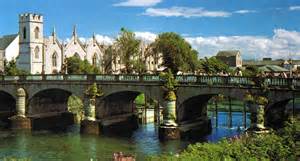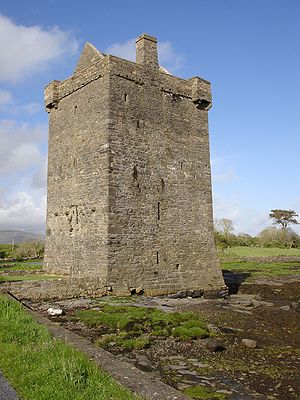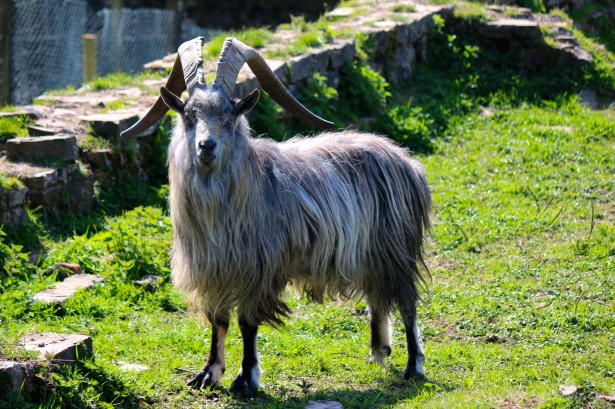The post I wrote a few days ago about my recent trip to the West of Ireland was my most popular—it was read in far more countries than is typical for my blog posts, nearly 20 and counting.
I found that the story I included about the discovery of the Old Irish Goat is fascinating everyone, so I thought I would tell you a bit more about them, then show you how my goats, two female Nubians, taught me a valuable lesson we can apply to creative work.
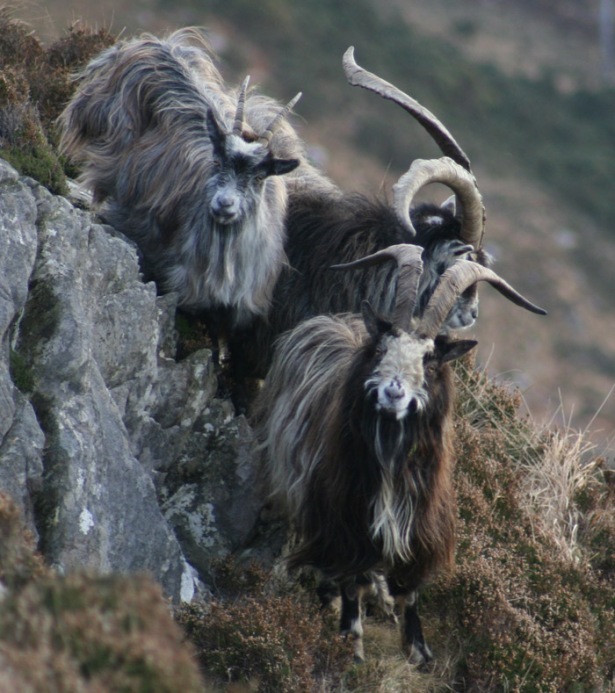
The interest in the Old Irish Goat is nicely summarized in a recent article in The Mayo News. “The Old Irish Goats have a long lineage, stretching back beyond the Neolithic Age to the Ice Age, two eras that have left an indelible mark on the Co Mayo landscape, from the Céide Fields to Clew Bay itself. They are literally as old as the hills. The presence of these goats in reasonable numbers in Mayo is another chapter in the county’s long history as a refuge for declining species.”
The Old Irish Goat Society was established in 2006 to preserve the breed in the wild and to achieve official rare breed status. With traveling companions Mark Bowles and Eamon Howley, I visited their breeding operation at Westport House. We were hosted by Sean Carolan, one of the lead volunteers.
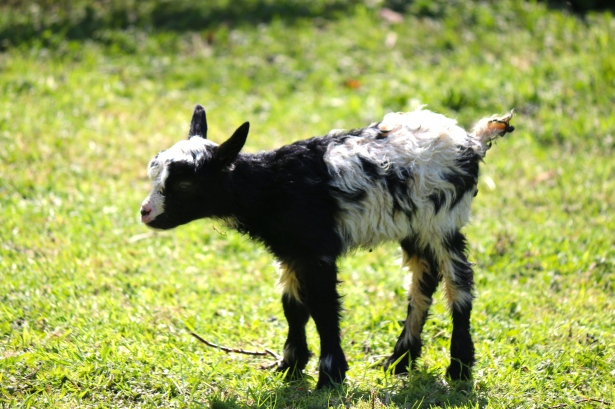
A doe had given birth to two kids that morning, and Sean was smiling.
Sean told us about the work being done and when he finished Mark wondered “Gee, how did they survive the Famine?” and I thought, wow, yes, somehow these goats were clever enough, hardy enough, adaptive enough, to have survived all those years on an island of people starving to death, may they rest in peace, amen.
My two Nubians were named Athena and Persephone by my daughters—they were reading a lot of Greek mythology when we got them—and almost every day for a whole lot of years these two goats would accompany me and my dogs for long walks in the woods behind our little six acre farm. After I would hike in for a while I would settle under an old oak or by the side of a creek to write or work on one thing or another; the dogs would range and the goats would graze and as I came to fully understand how they did that, their strategy for grazing, I saw it as the perfect analogy for how to begin important creative work.
When they saw I was settled they would feast on the foliage furiously, frantically, ripping leaf and stem, chewing just enough to swallow, and they would move quickly from spot to spot, first one shrub then another bush, then the tall grasses, then the young leaves on a low hanging branch, never overly much of any one thing but rather a good sampling of all they could reach, biting, ripping, chewing quickly, and rapidly ingesting and collecting it all in the front compartments of their four-chambered stomach system.
Then, if I sat there long enough, and depending on the lushness—or scarcity—of the season, they ingested enough, and now it was time to digest. They ‘d find a covered spot close to me—I was their comfort in the wild—lie down with their legs folded under them and they began the process of slowly, deliberately, digesting their intake.
In the two front stomach chambers the plant material is separated into solids and liquids and microbes begin to break down the plant fibers that form into clumps to be regurgitated as cud. The goats chew their cud deliberately now, carefully and completely—they can enter into a trance like state if they are left alone long enough—and when the plant fiber is when swallowed again it is easily digested and they have captured every bit of the nutritional goodness locked in the plant.
They are extraordinarily efficient—goats in the wild are most often found where foliage is scarce.
And so we have a picture of how to attack a new creative challenge. Behave like an Old Irish Goat. With all your energetic enthusiasms you attack the challenge by first aggressively collecting inputs and ideas and stories from as many different sources as you can, organizing them to retain them, and then when your collection capacity is filled, sit back and carefully consider what you have discovered, chewing carefully, looking for patterns and mashing them up with each other.

